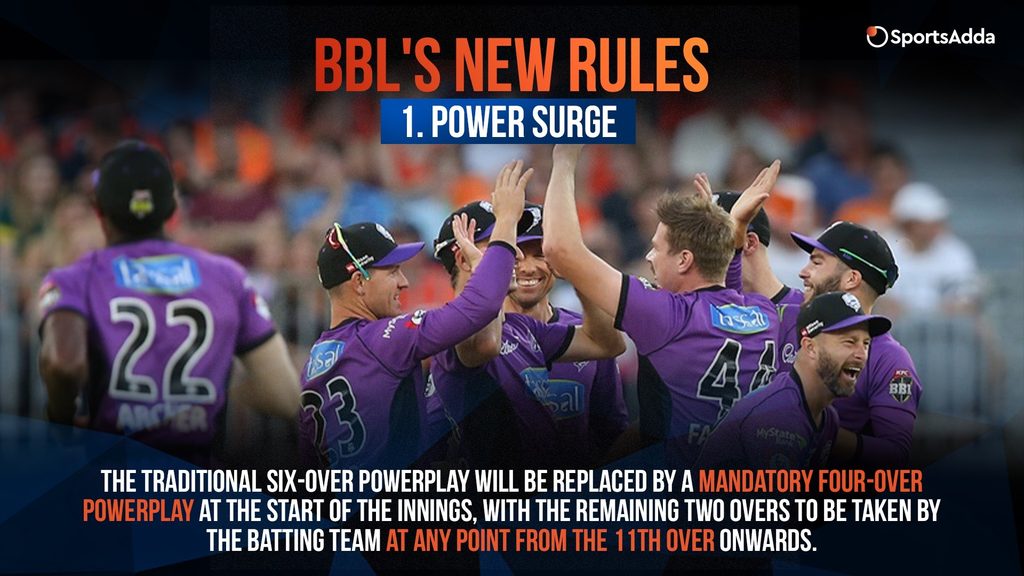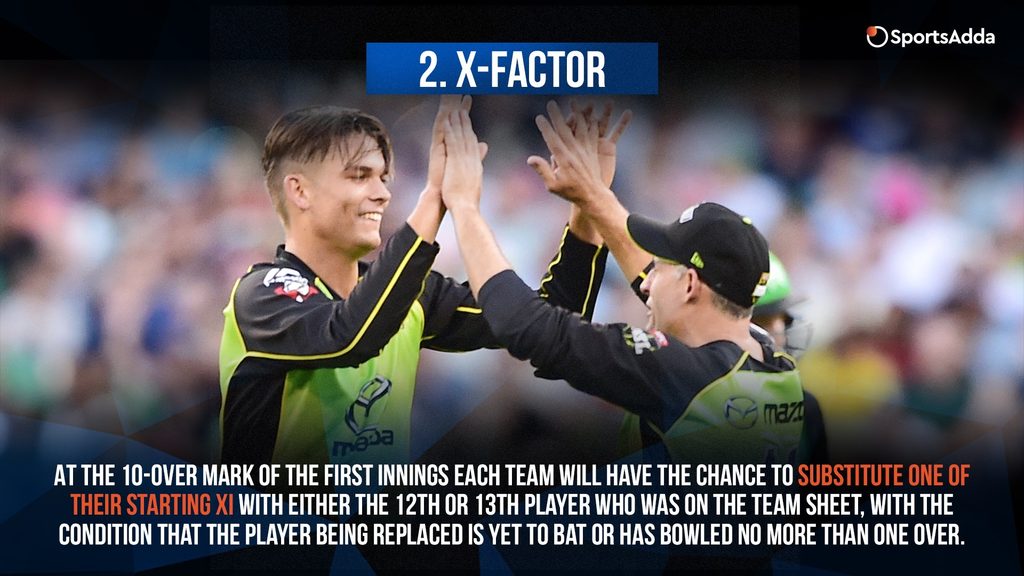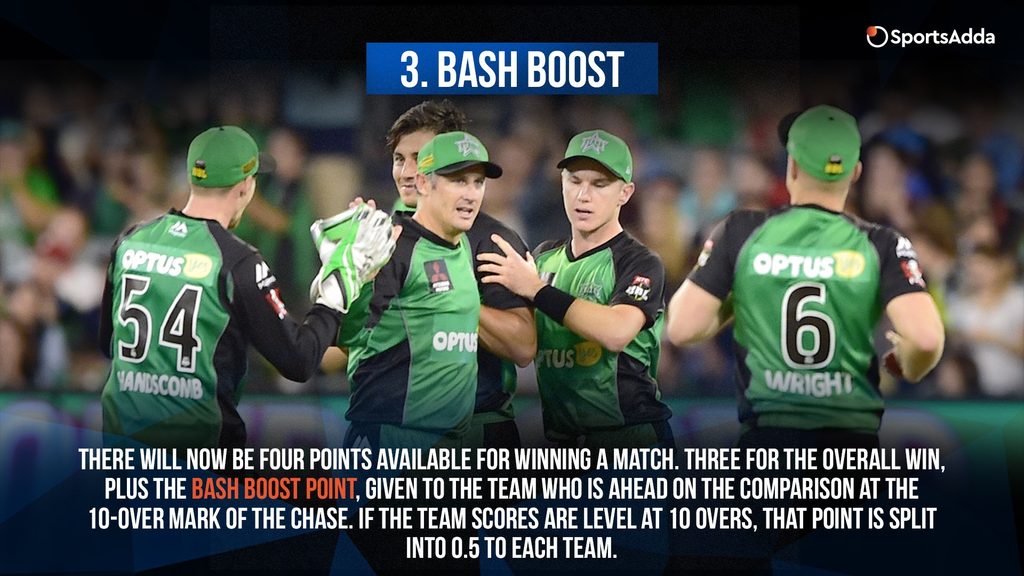
The Big Bash League has been one of the most popular T20 Leagues in the world in the last decade or so. Cricket Australia has always tried to maintain a high standard in terms of the structure of the tournament and the cricket played in this league. However, the standard has gone down a bit in the last couple of years and the main reason behind that is their tendency to introduce gimmicks under the pretext of innovations.
They replaced the traditional coin toss with the new ‘bat flip’ last season and now, to complicate things further, they have introduced a set of three new rules – the Power Surge, X-Factor and Bash Boost – to be used in the forthcoming 2020-21 edition of the tournament. Here, we’ll take a look at what those new rules mean and what their pros and cons are.
Power Surge
This rule involves the usage of the Powerplay overs by the batting side in a different way. According to the conventional format, the batting side gets six overs of fielding restrictions up front to score some quick runs at the start of their innings. But the introduction of this rule now enables them to use two of those overs at any stage of the innings from 11th over onwards. That means there will be four overs of Powerplay up front and they can use the remaining two anytime in the second half of their innings.

While this rule definitely makes the match interesting, it only increases the woes of the bowling side further. With the use of the two Power Surge overs anytime in the second half of the innings, the batting side can completely mess up the strategies of the bowling side. It might even force them to bring their best bowlers to bowl in those two overs, thus leaving them shorthanded for the death overs. In fact, the batting team might even choose to use this Power Surge in the last two overs, which would only make the job far more difficult for bowling sides. So, this rule seems to be skewed a bit too much in favour of the batsmen.
The X-Factor
This rule gives even the 12th or 13th man of a team to make an impact with their performance in the match. The X-Factor rule states that both the batting and bowling side can choose to bring either their 12th or 13th man into the game halfway through the innings in place of a player who hasn’t batted or a bowler who hasn’t bowled more than one over till that stage.

This does really raise one serious question, though. How can a player who wasn’t good enough to make it to the original XI come in and make an impact straight away, that too halfway into the game? They can make a high impact only if both or either of the teams are massively wrong in reading the conditions before the match. But that will happen only on a few occasions, and the odds of that ‘X-Factor’ player succeeding are quite low even then.
Bash Boost
This is probably the most ridiculous of the three rules. It states that each match will have four standing points to be claimed instead of three, and the extra one point is available to be taken by the chasing team in case they can better the defending team’s score at the halfway mark, irrespective of whether they win or lose.

So, even if a team finds itself 4/40 at the end of four overs while chasing a score of 200, they will try to claim that bonus one point more instead of trying to chase down that total. That means the chasing team will try to better the defending team's score at the end of 10 overs, even if they end up losing nine wickets by that time. It gives the losing team a point for nothing and makes the NRR system ineffective. Yes, giving bonus points for a specific victory margin makes sense but this rule gives losing teams an unfair advantage.
Feature image courtesy: Twitter.com / @BBL




















